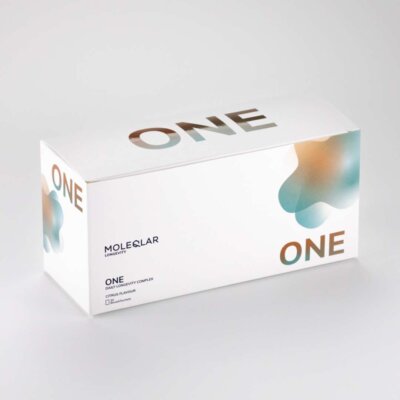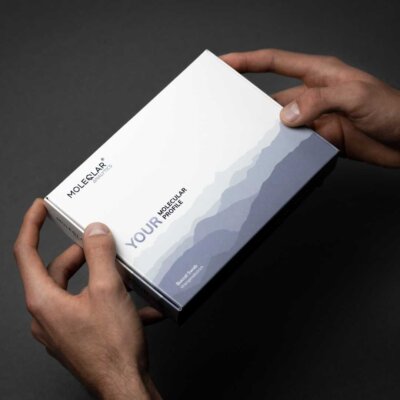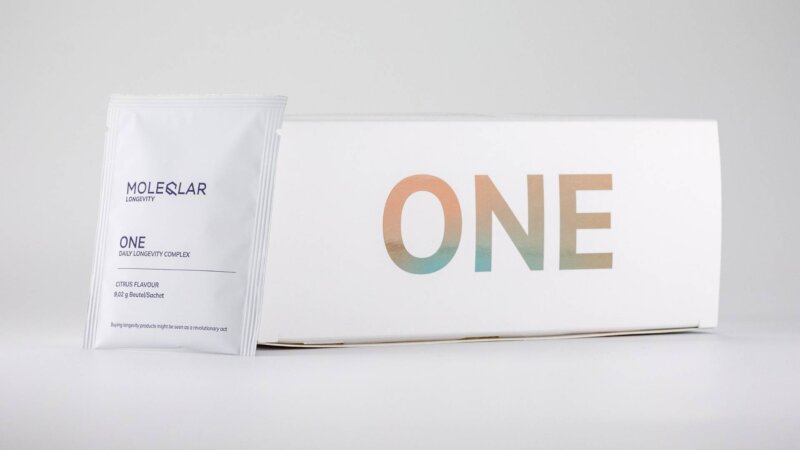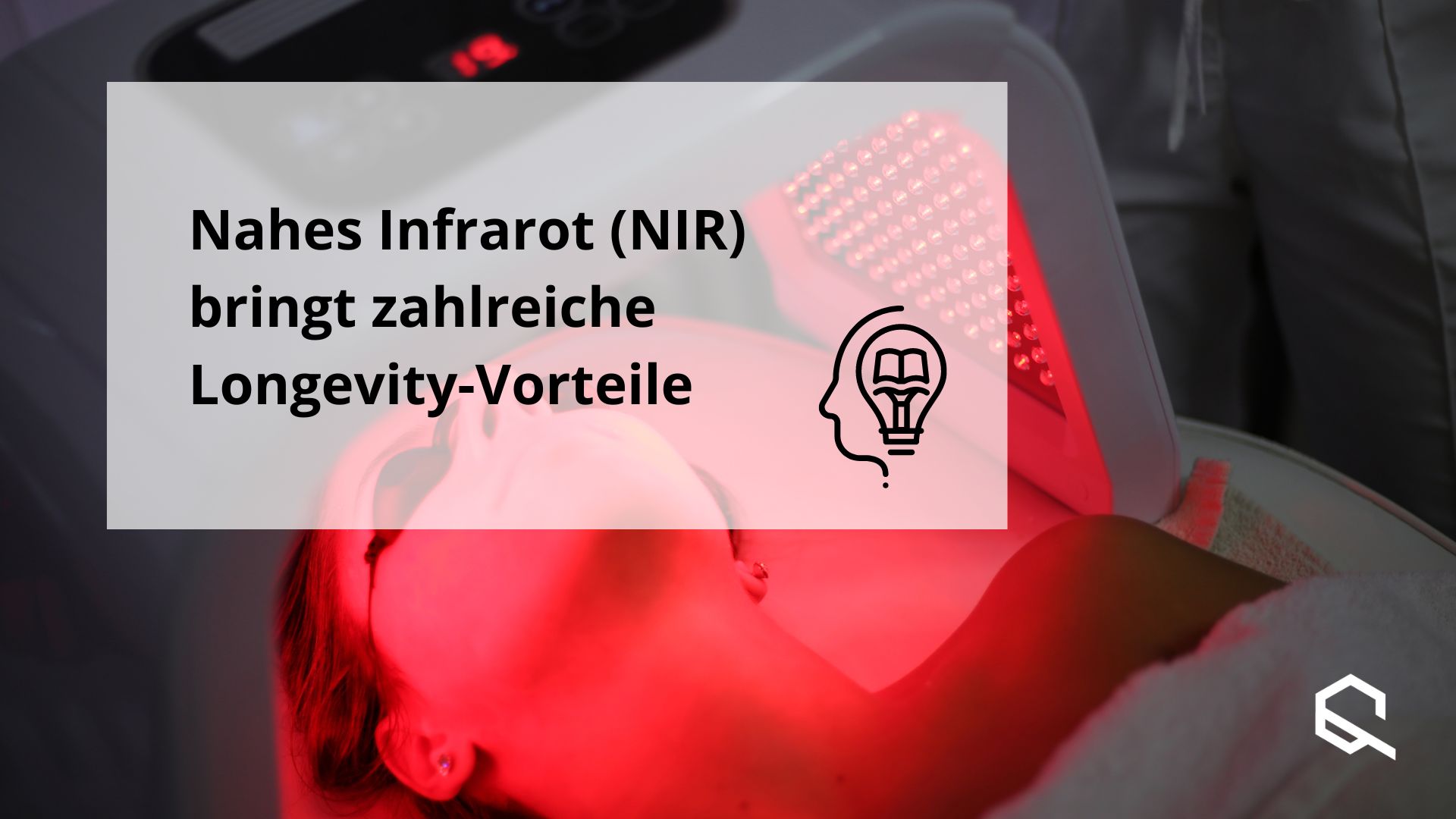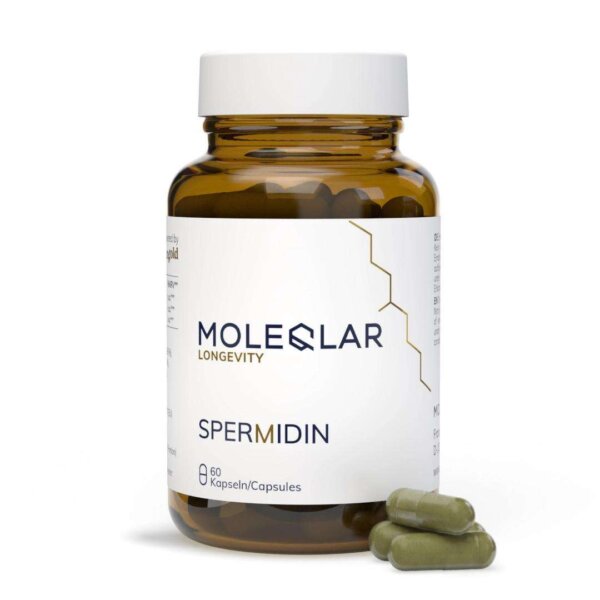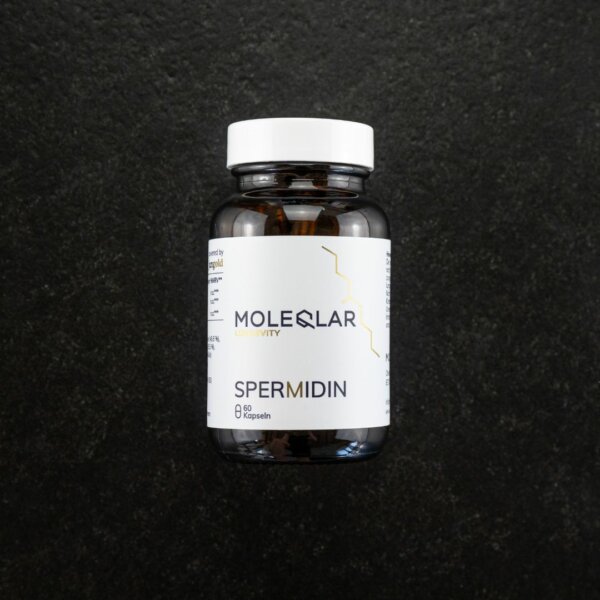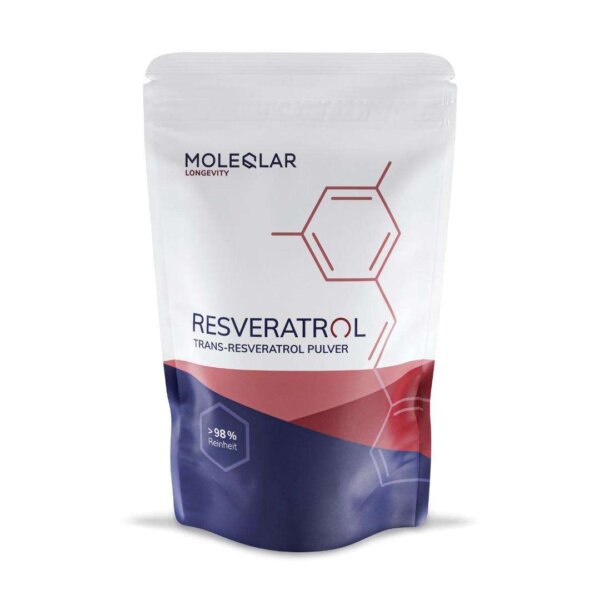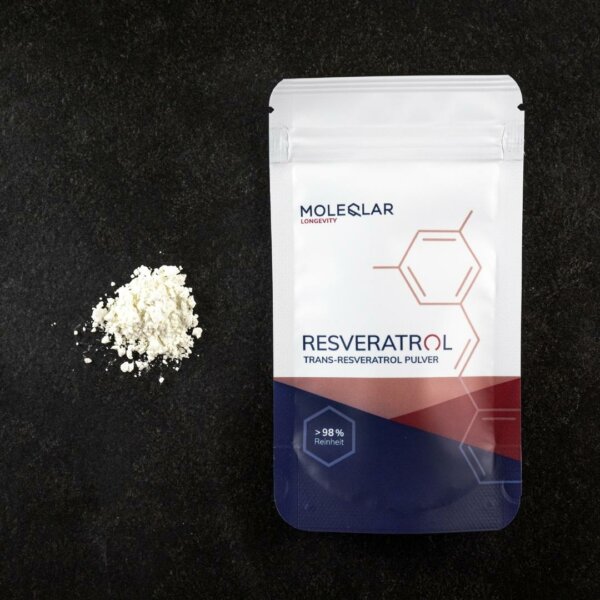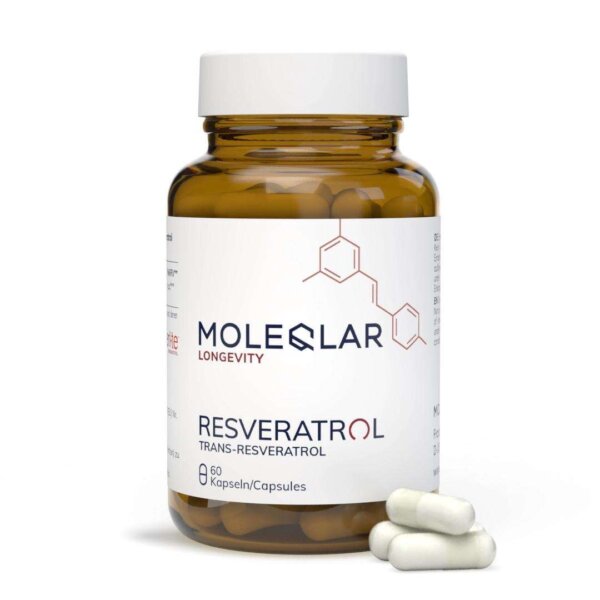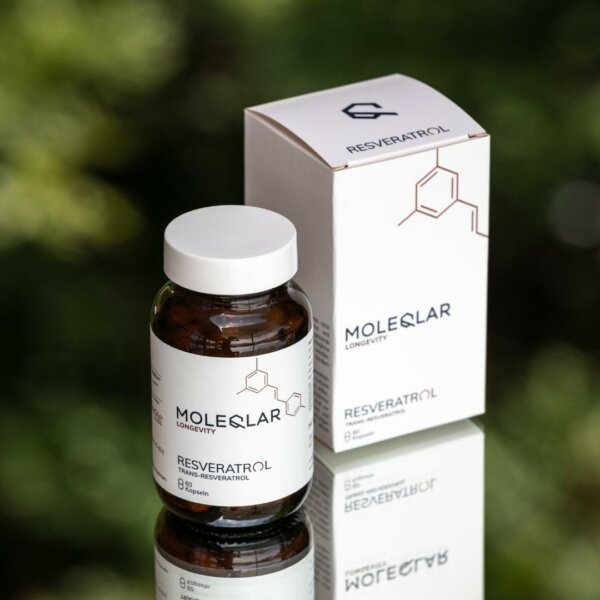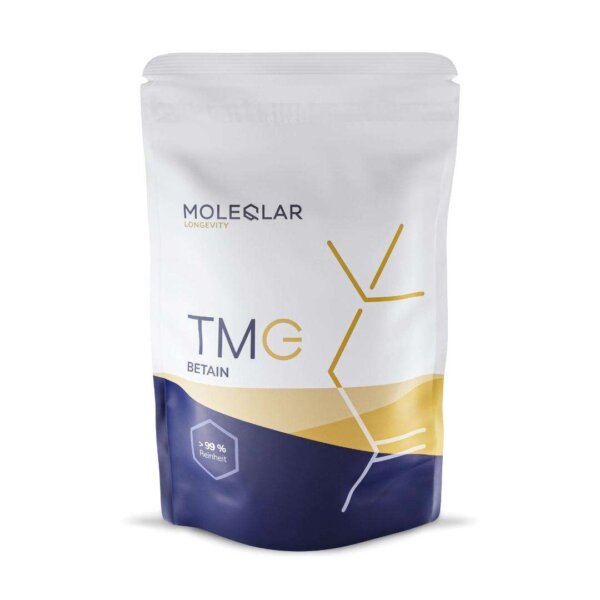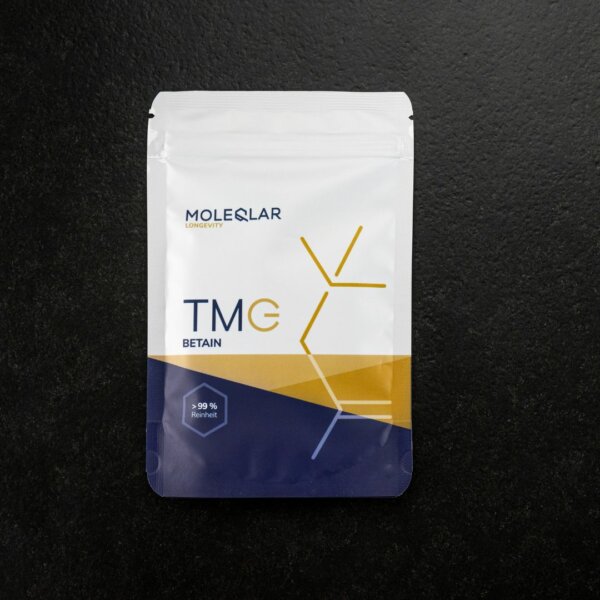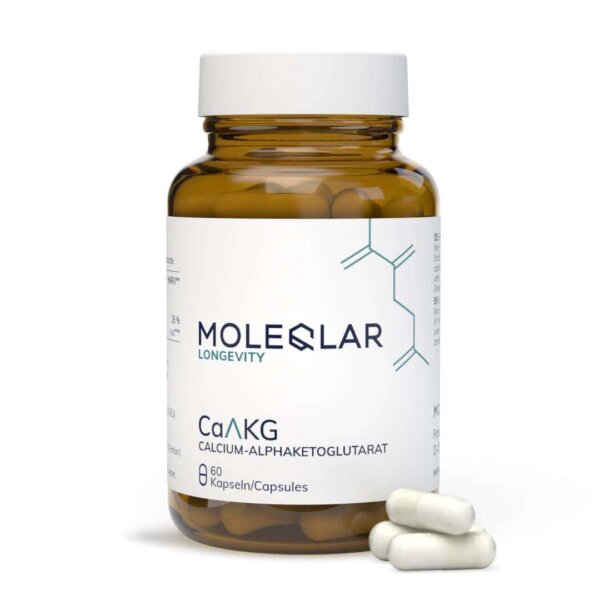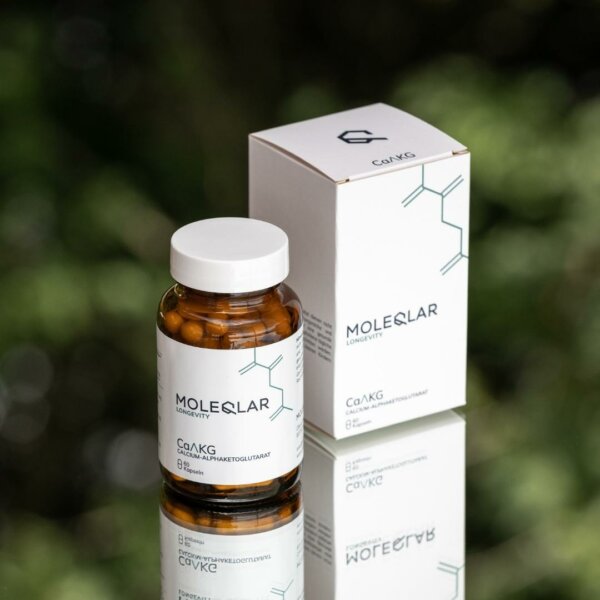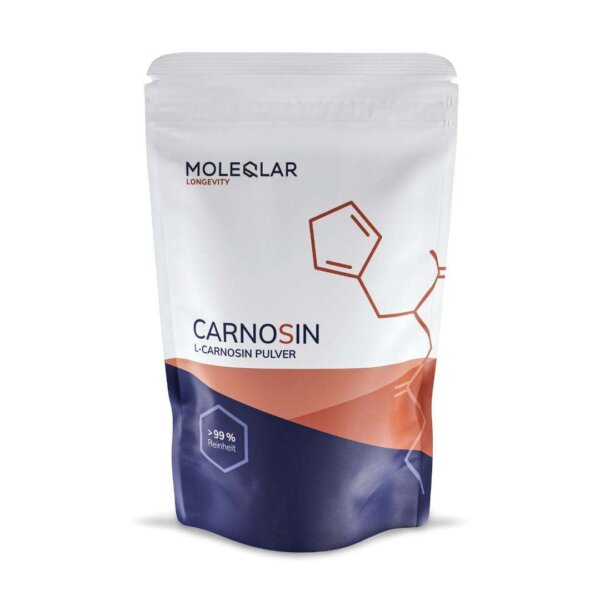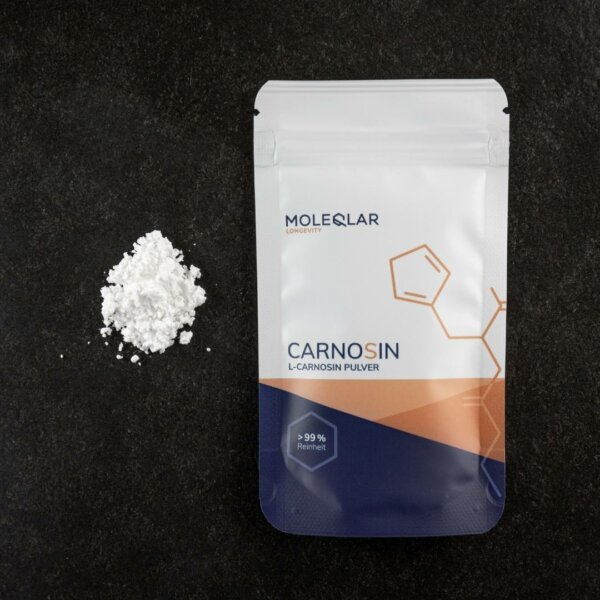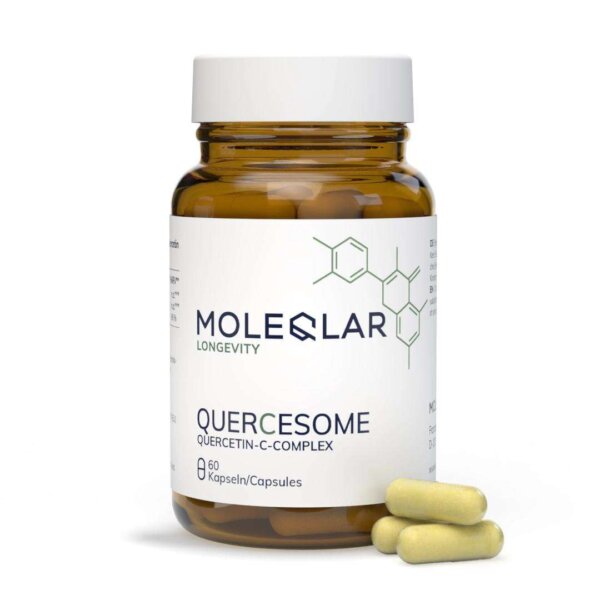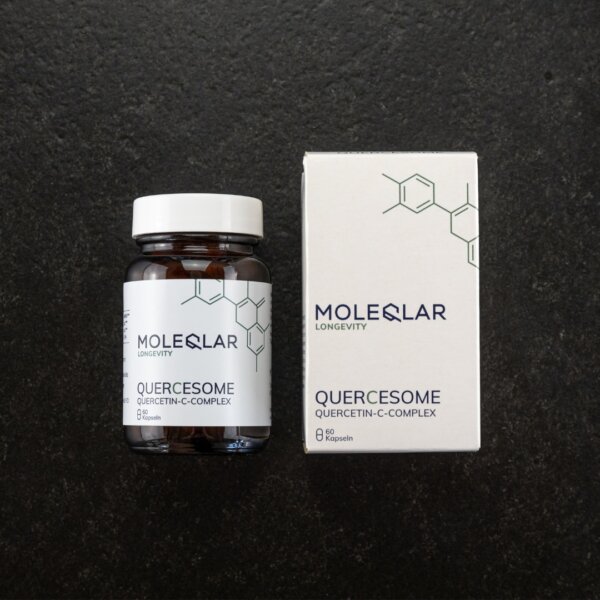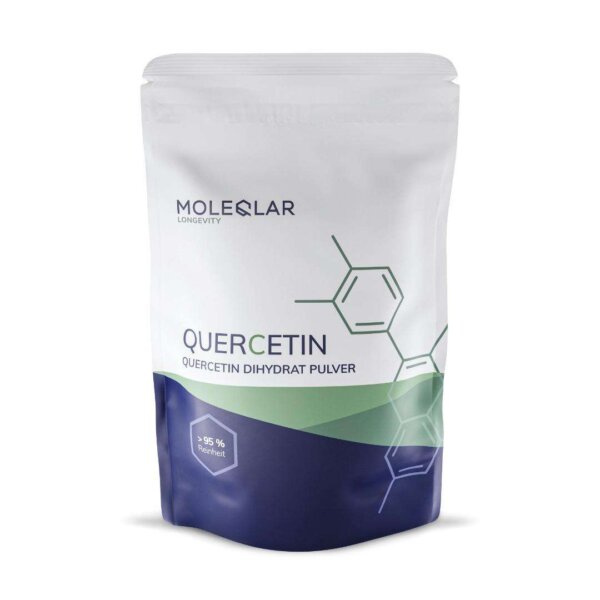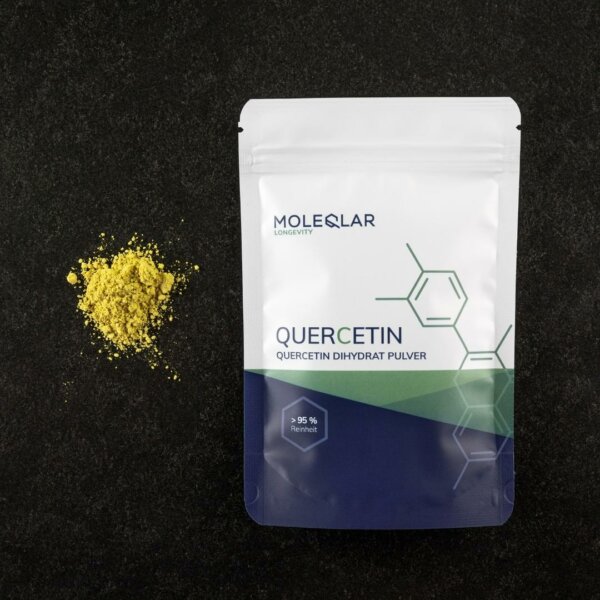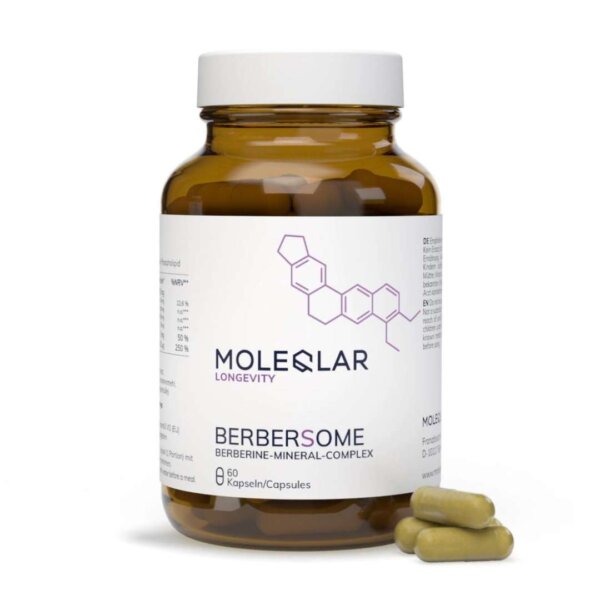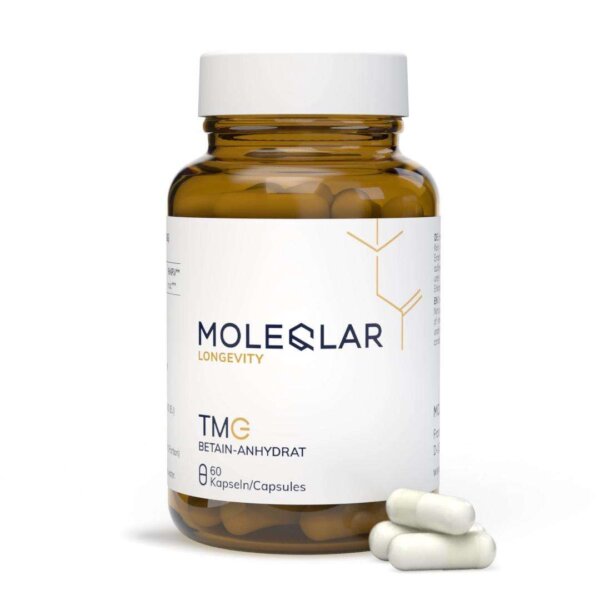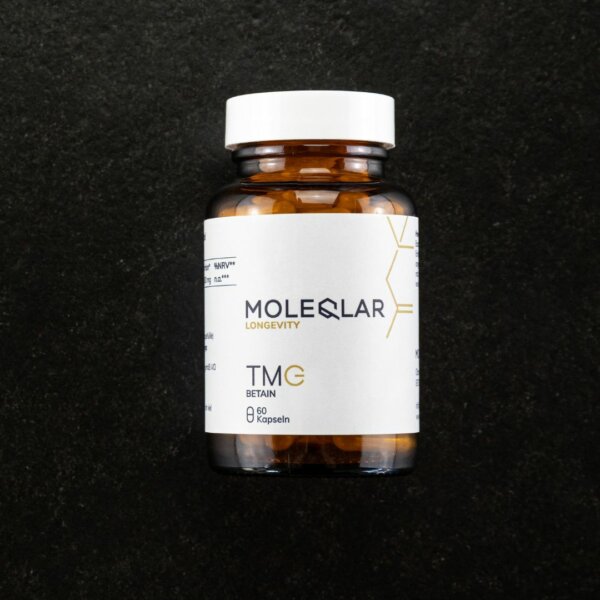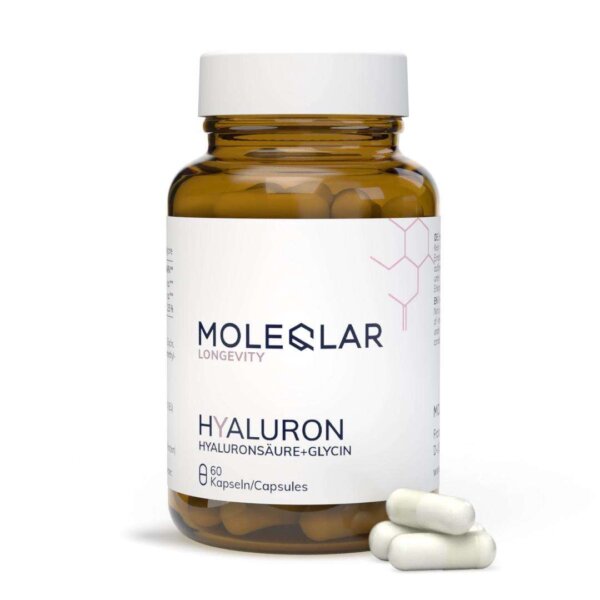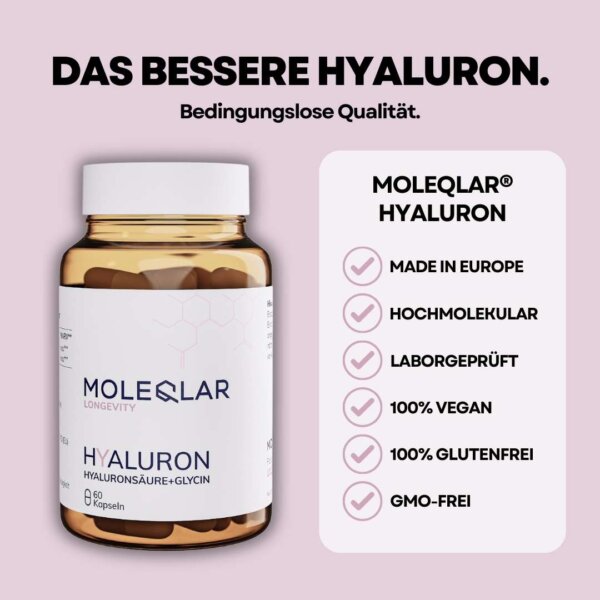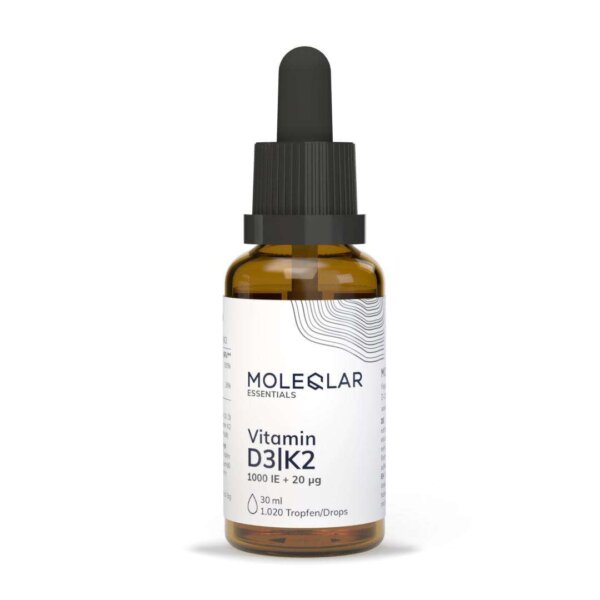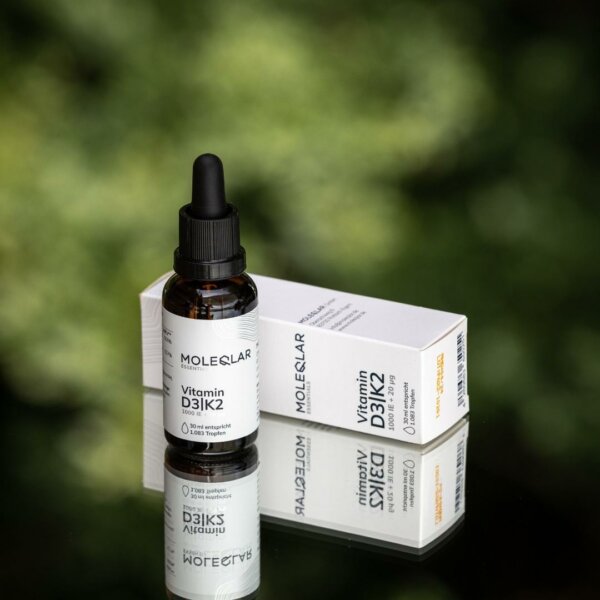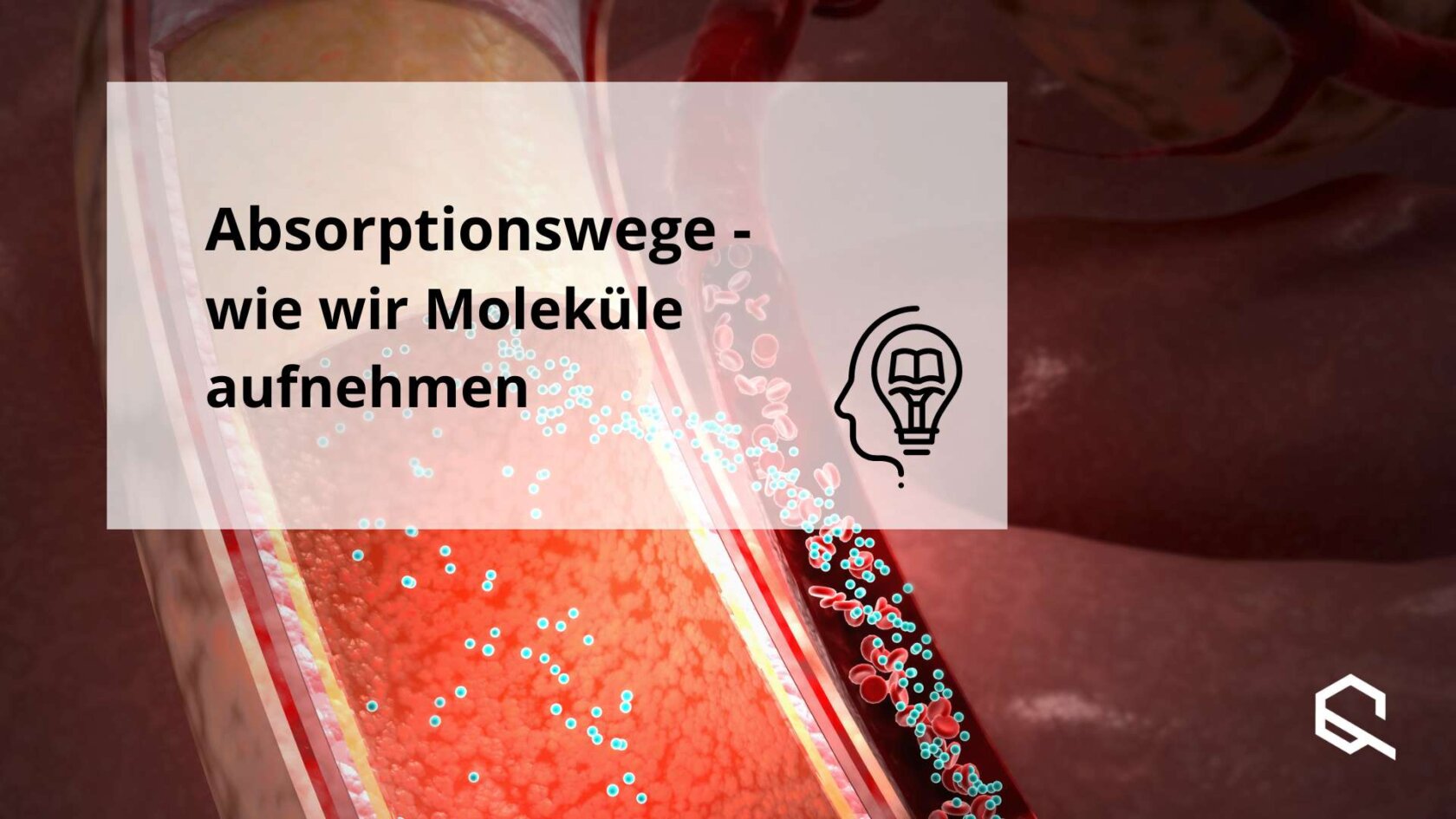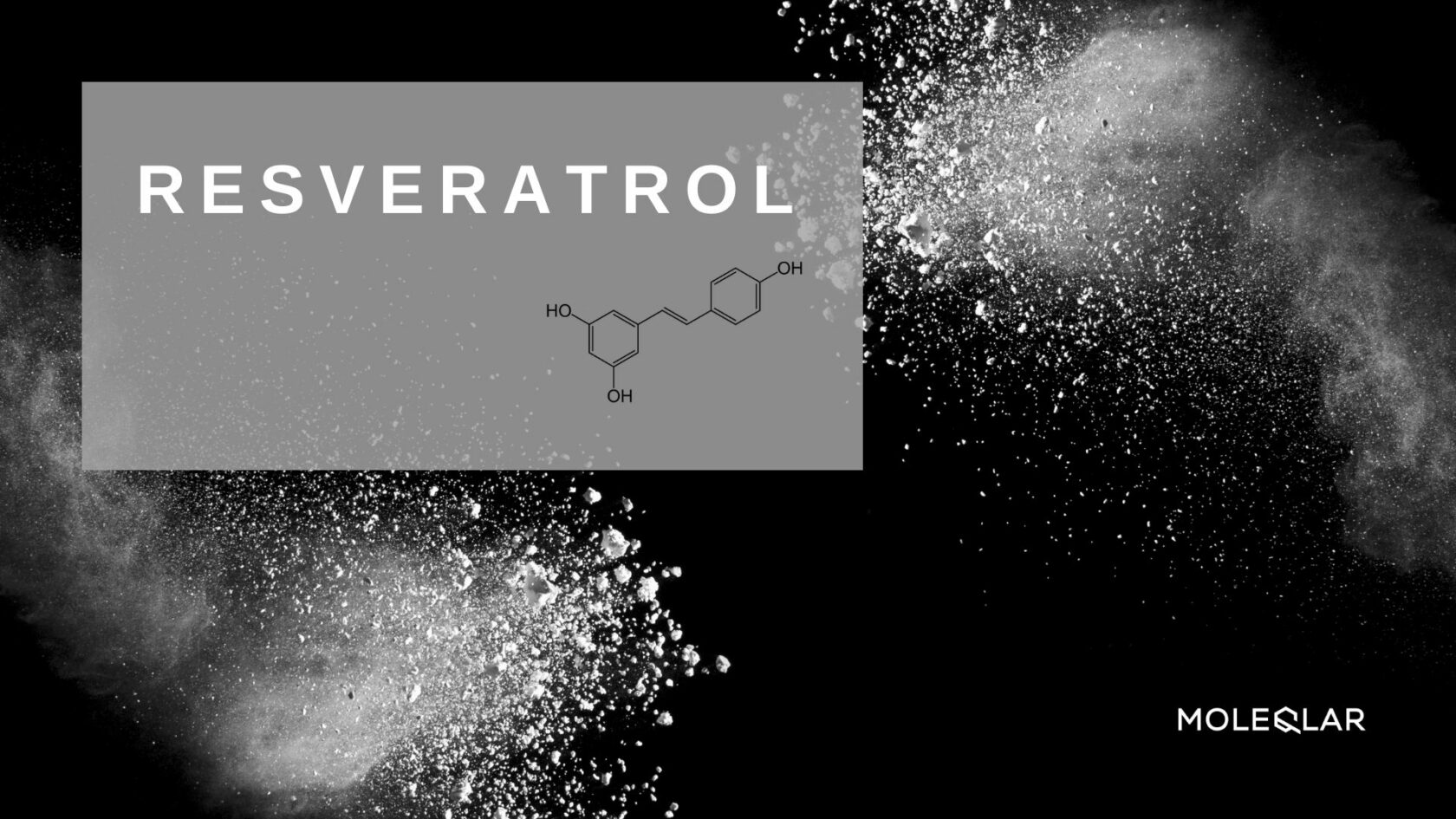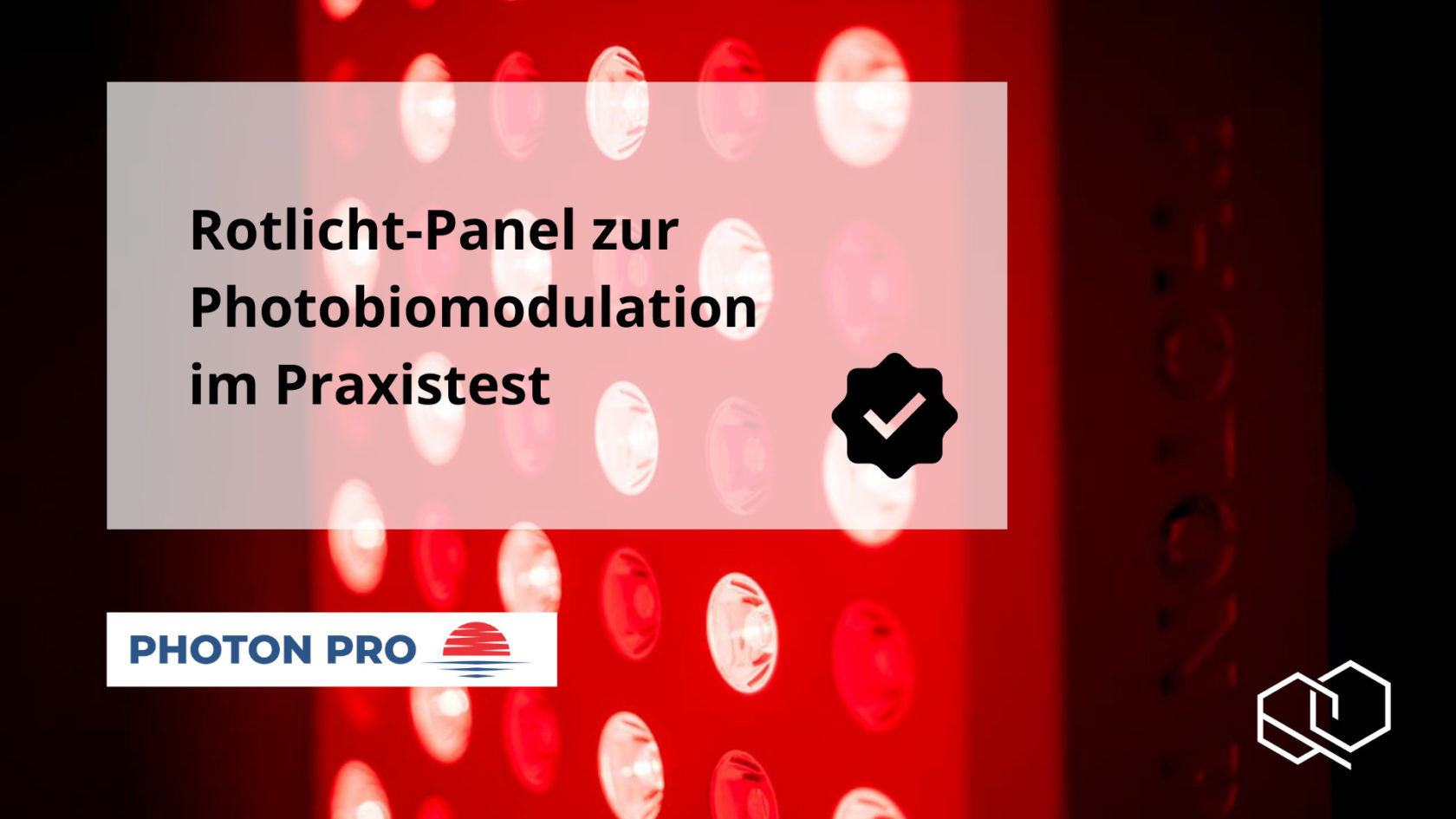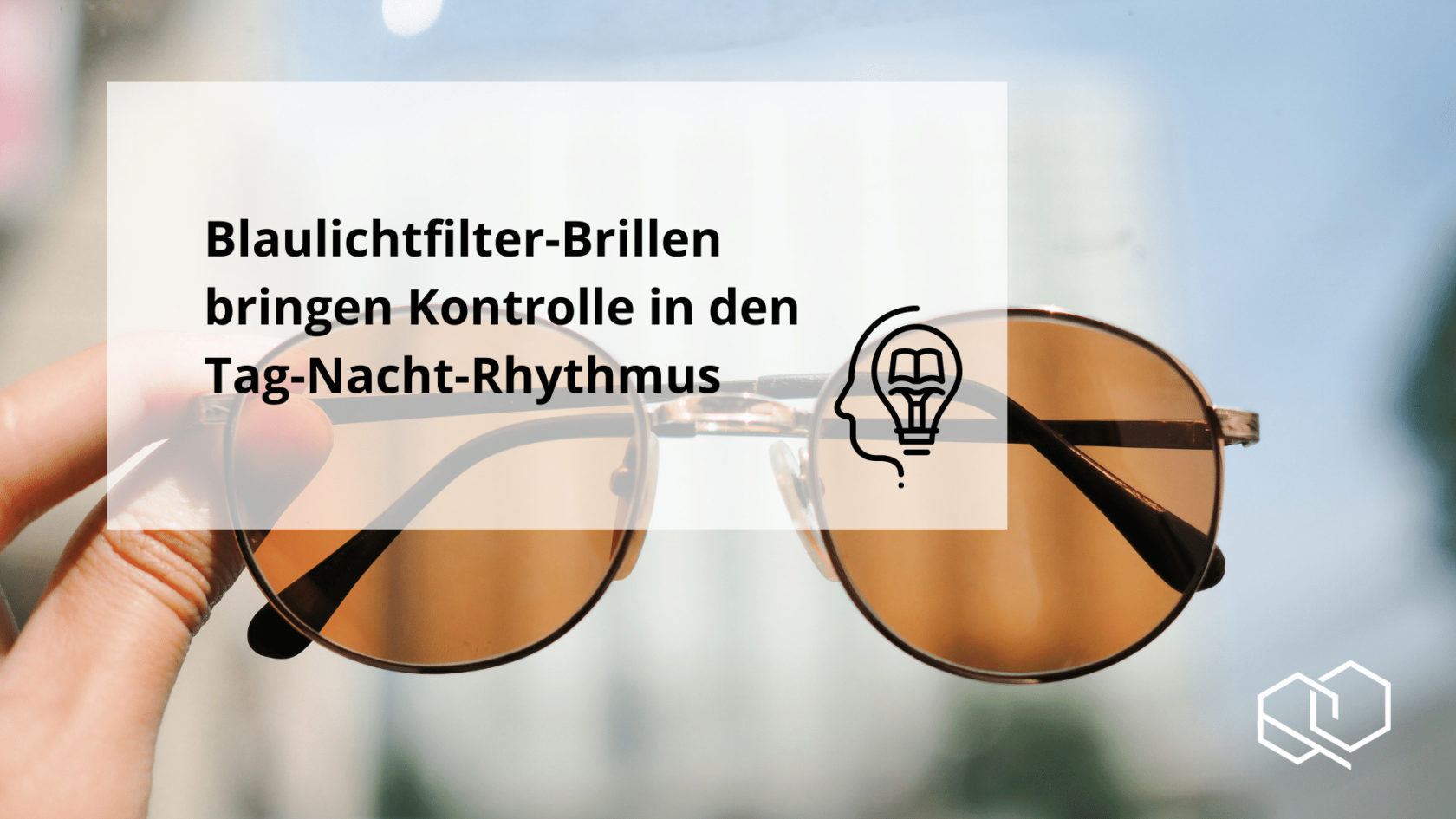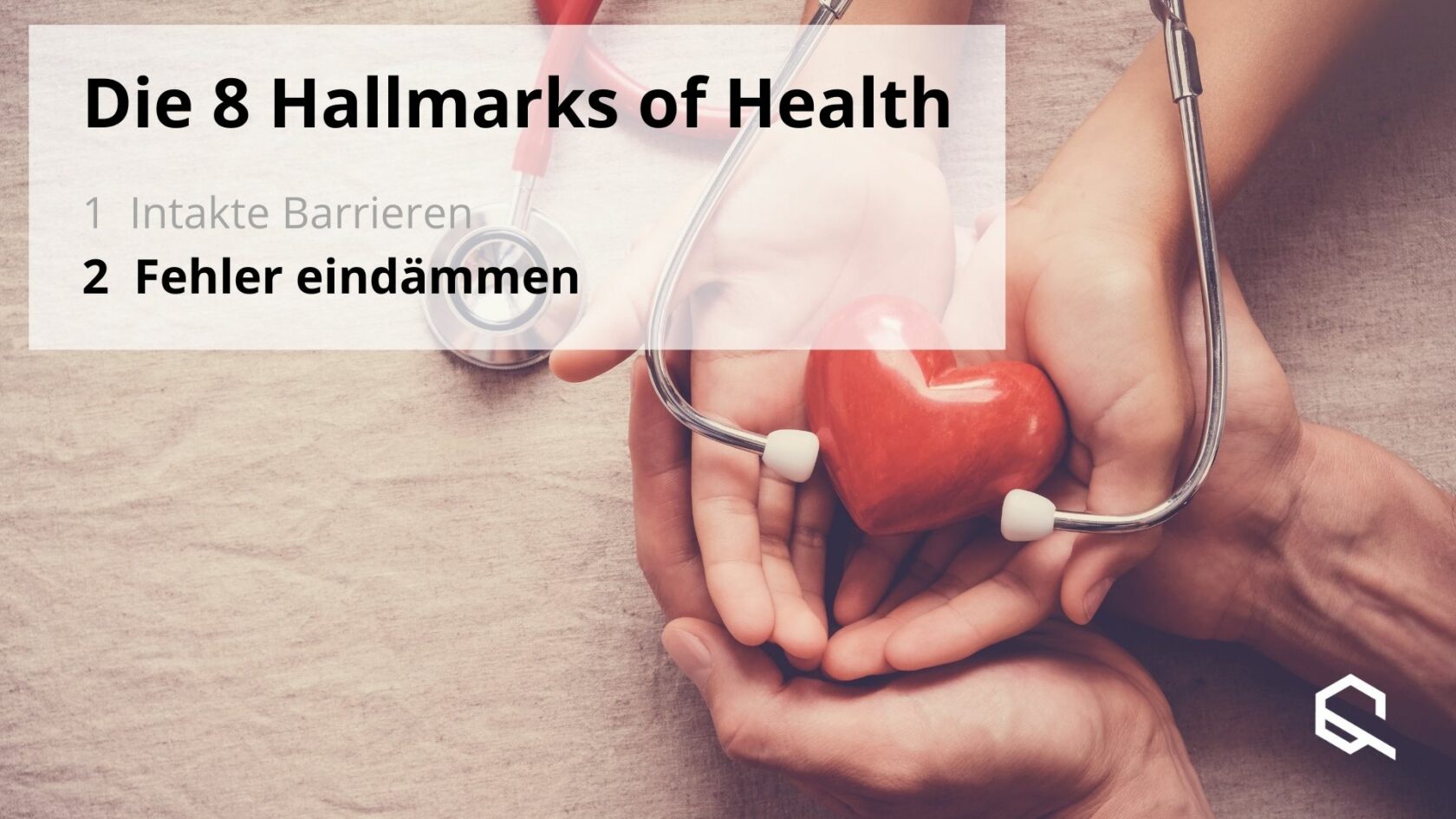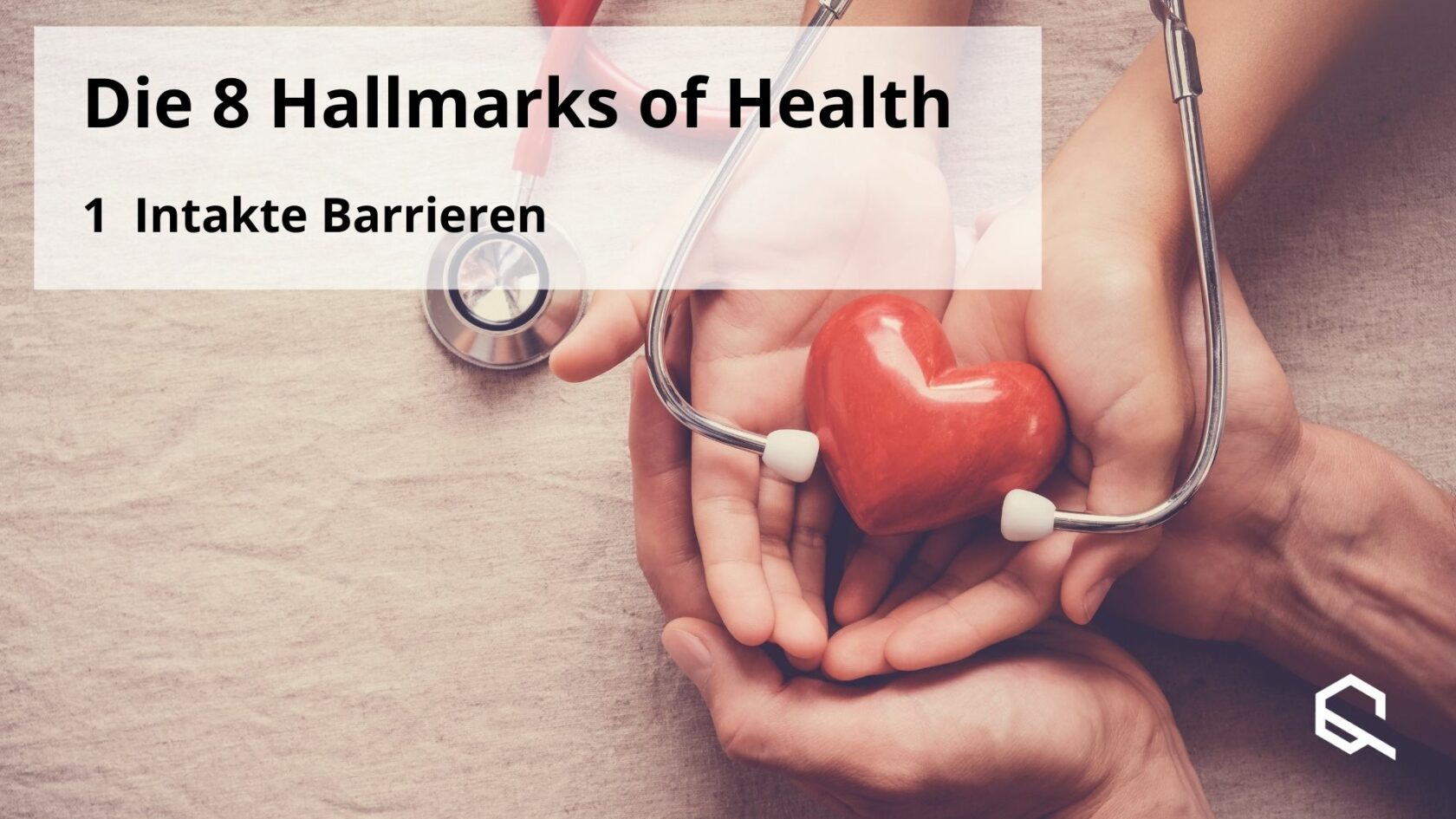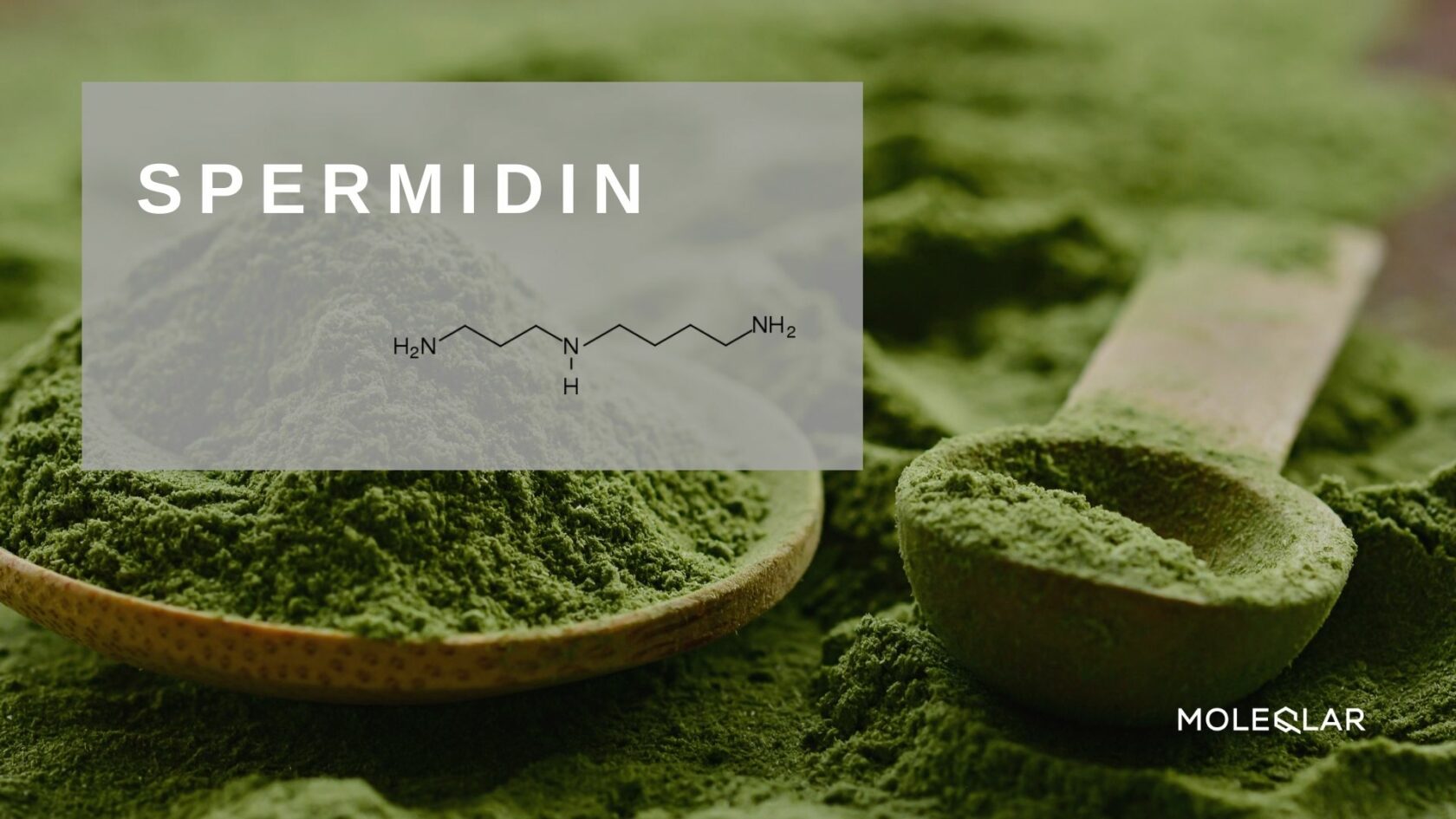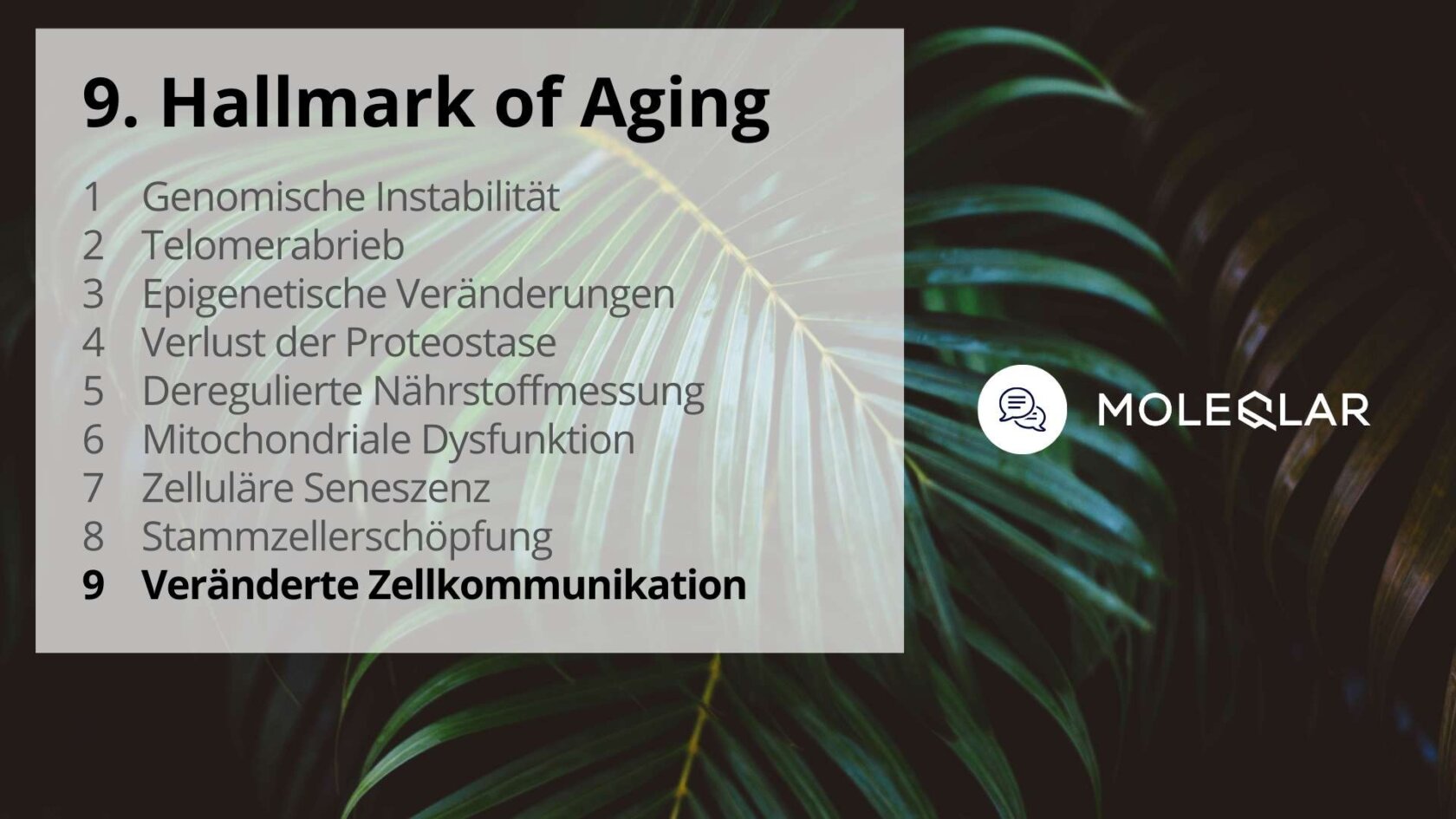This article will explain the benefits and effects of light therapy, how you can use it and whether you should expect certain risks. In addition, we would like to give you an indication of how often you can use light therapy. To do this, we will briefly explain the principles of the function and have selected a few interesting studies that prove how near infrared light (NIR) can benefit your body and your health. To start with, the list of benefits is long!
Light, colour spectrum and effect
If you protect yourself from the sun in summer by using sunscreen or by not spending a lot of time in the blazing sun, you already know that light can also be dangerous. The ultraviolet (UV) light contained in sunlight, for example, causes the skin to age quickly, and with it many cells of the largest organ in your body.
On the opposite side of the colour spectrum, you can find 'near infrared'. This, in contrast to harmful UV light, has been shown in animal studies to be protective against ageing. The near infrared encompasses wavelengths from 780 to 3000nm and is located in the non-visible region of the colour spectrum.
In another article we already told you something about the effect of light on sleep. There we talked about the visible part of the light and found out for the first time that light has a great influence on our everyday life. We also learned when it is better to do without light, especially the blue part of the spectrum, and how you can benefit from light in the morning.
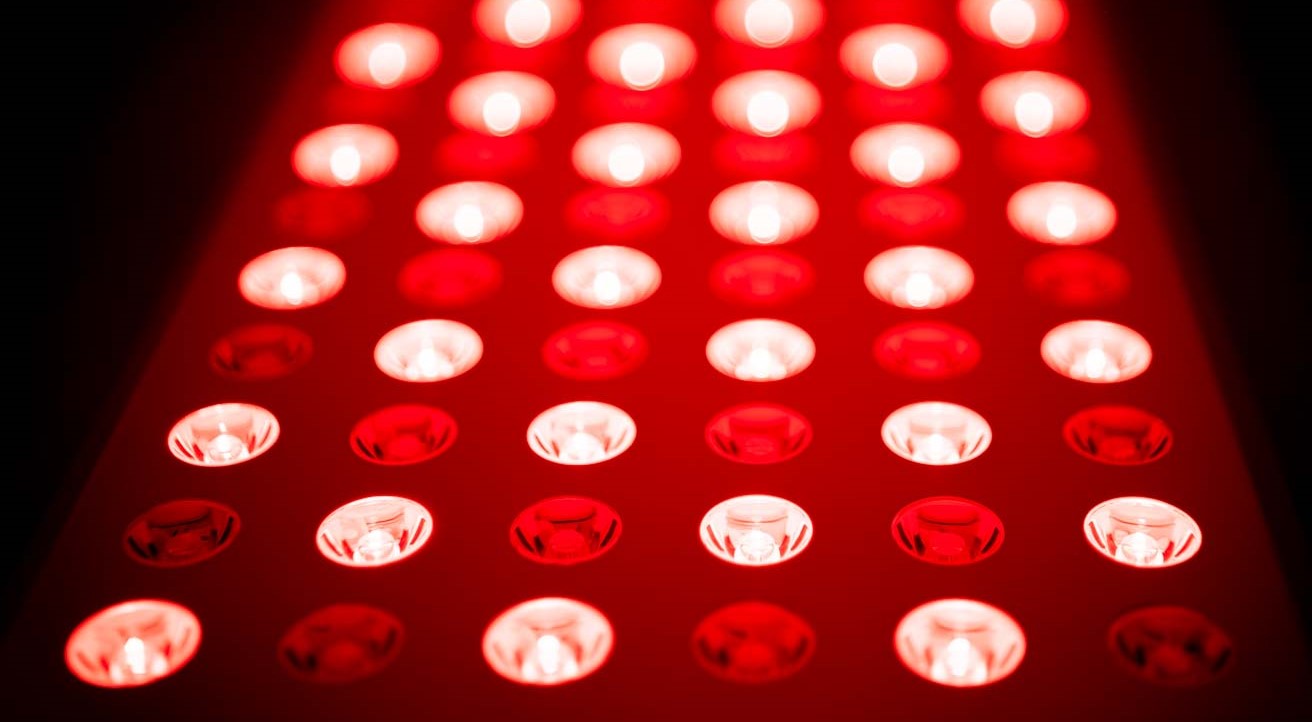
NIR at the cellular level
So what are the benefits of near infrared (NIR)? An improvement of the circadian rhythm, reduced oxidative stress (fewer free radicals) and a positive effect on the neuronal networks (connections in the brain) have been demonstrated. In addition, NIR reduces inflammation and associated pain or oedema (fluid accumulation in the tissue). Furthermore, the therapeutic application improves the healing of wounds or other injuries such as broken bones or torn ligaments and has therefore been of great importance in physiotherapy for quite some time.
These multiple effects of NIR are attributed to the enzyme cytochrome c oxidase, which is an important component of the mitochondrial respiratory chain. You probably remember the mitochondria from your school days as the power plant of the cell - this analogy hits the nail on the head, because the mitochondria are used for energy production. Mitochondria are involved in many metabolic processes and so is cytochrome c oxidase. By stimulating it, some things can be accelerated. Furthermore, studies have shown increased ATP (adenosine triphosphate) levels and increased citrate synthase. ATP serves as the main energy store of the cells. Citrate synthase plays a crucial role in the citrate cycle, which is also important for the energy production of our body.
Example studies: what do you get out of NIR?
As early as 1903, the Nobel Prize in Physiology and Medicine was awarded to Niels Ryberg Finsen, who demonstrated a stimulating effect of light on tissue. He was mainly concerned with the antibacterial effect of concentrated light.
One study examined competitive athletes who were treated with NIR. Here, a clearly improved performance of the athletes was shown. Various laboratory tests were carried out, which can explain the improvement: the oxygen uptake from the blood and the time to exhaustion were significantly increased in a running test.
How often should you use NIR?
For a local effect, one session is sufficient. This is the case, for example, if you want to benefit from improved wound healing. However, if you want to benefit from light therapy in general, you should use a lamp daily or at least five times a week. Simply put, the more often you use the light application, the better the effect and your benefit will be to a certain extent. So use it consistently and not only sporadically. One application can be scheduled for about 10 minutes.
Can too much light therapy do harm?
Studies have shown no abnormalities in this regard. Therefore, one can speak of safe applications. Nevertheless, the benefit for you is not correspondingly higher with very frequent use. This is also referred to as the "ceiling effect".
For further and specific information, you can contact the manufacturers of various lamps, of course there are differences in the models.
We have tested the red light panels from the German supplier Photon Pro tested.
Literature:
https://www.sciencedirect.com/science/article/pii/S1568163721001628
https://pubmed.ncbi.nlm.nih.gov/31154014/
https://www.ncbi.nlm.nih.gov/pmc/articles/PMC5215795/
https://www.chemie.de/lexikon/Nahes_Infrarot.html
https://pubmed.ncbi.nlm.nih.gov/31827687/
https://pubmed.ncbi.nlm.nih.gov/29164625/
https://pubmed.ncbi.nlm.nih.gov/30927704/
https://www.ncbi.nlm.nih.gov/pmc/articles/PMC4390214/
https://lighttherapy.org/red-light-therapy-how-often/
https://platinumtherapylights.com/blogs/news/red-light-therapy-how-often
https://www.ncbi.nlm.nih.gov/pmc/articles/PMC5523874/
Graphics:
The graphics were acquired under licence from Canva and Shutterstock.com and marked accordingly.
